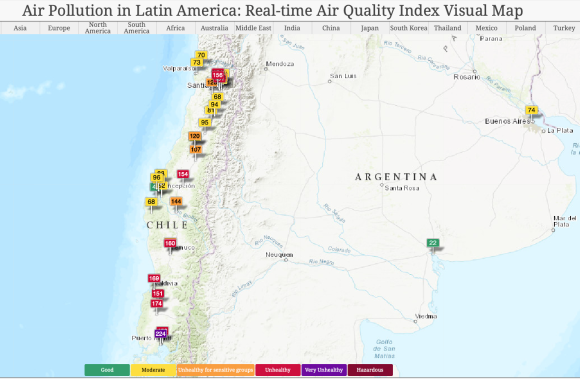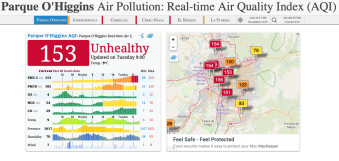A low-cost IoT Air Quality Monitor based on RaspberryPi 4

I have the privilege of living in one of the most beautiful countries in the world, but unfortunately, it’s not all roses. Chile during winter season suffers a lot with air contamination, mainly due to particulate materials as dust and smog.

Because of cold weather, in the south, air contamination is mainly due to wood-based calefactors and in Santiago (the main capital in the center of the country) mixed from industries, cars, and its unique geographic situation between 2 huge mountains chains.
Nowadays, air pollution is a big problem all over the world and in this article we will explore how to develop a low expensive homemade Air Quality Station, based on a Raspberry Pi.
If you are interested to understand more about it, please visit the “World Air Quality Index” Project.



















